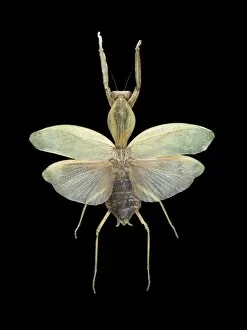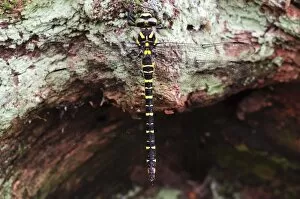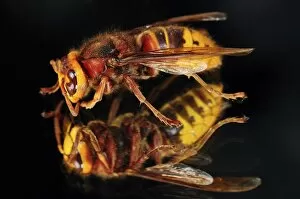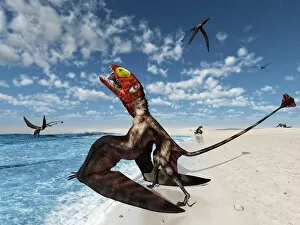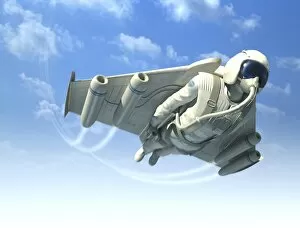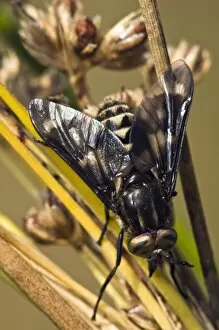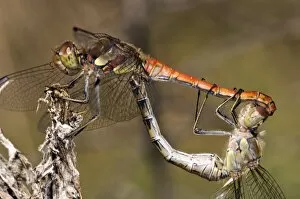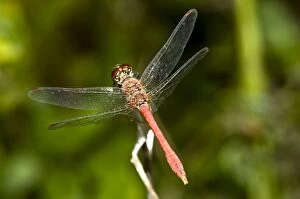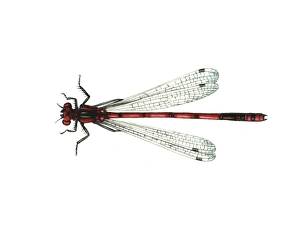Winged Collection (page 95)
"Winged: A Journey Through Art, Nature, and Mythology" Immerse yourself in the world of wings as we explore the captivating realm of flight
All Professionally Made to Order for Quick Shipping
"Winged: A Journey Through Art, Nature, and Mythology" Immerse yourself in the world of wings as we explore the captivating realm of flight. From ancient Greek mythology to stunning alpine landscapes, this 150 caption takes you on a visual odyssey through various interpretations creatures. Let's start with "Hermes" by Jonnard in 1886, an exquisite portrayal of the messenger god donning his iconic winged sandals. The artwork beautifully captures Hermes' swift movement and divine grace. Moving forward, we encounter the majestic "Winged Victory of Samothrace, " also known as Nike of Samothrace. This Hellenistic masterpiece stands proudly atop a grand staircase at the Louvre Museum, symbolizing triumph and power. Venturing into a different artistic realm, imagine gazing up at a ceiling adorned with intricate depictions of 80 Ethiopian cherubs with delicate wings. Each brushstroke brings these heavenly beings to life in ethereal beauty. Transitioning from art to nature's canvas, picture yourself standing amidst Wengen's breathtaking landscape in Switzerland's Bernese Oberland region. At an elevation of 1274m above sea level, you can almost feel the crisp mountain air as you marvel at snow-capped peaks and soaring winged birds gliding effortlessly across the sky. Speaking of birds, let us not forget about our vibrant insect friends like the Red Admiral butterfly perched delicately on sun-kissed plants. Its elegant wings display striking patterns that mesmerize observers lucky enough to witness its sunbathing ritual. Shifting gears towards ancient civilizations, we encounter the imposing Winged Assyrian Bull—a symbol representing strength and protection throughout Mesopotamian history. These colossal statues evoke awe-inspiring wonder even after centuries have passed. Stepping back into more recent times brings us to Illustrated London News' Christmas number cover from 1904—an enchanting illustration capturing festive cheer with winged cherubs spreading joy and merriment.














